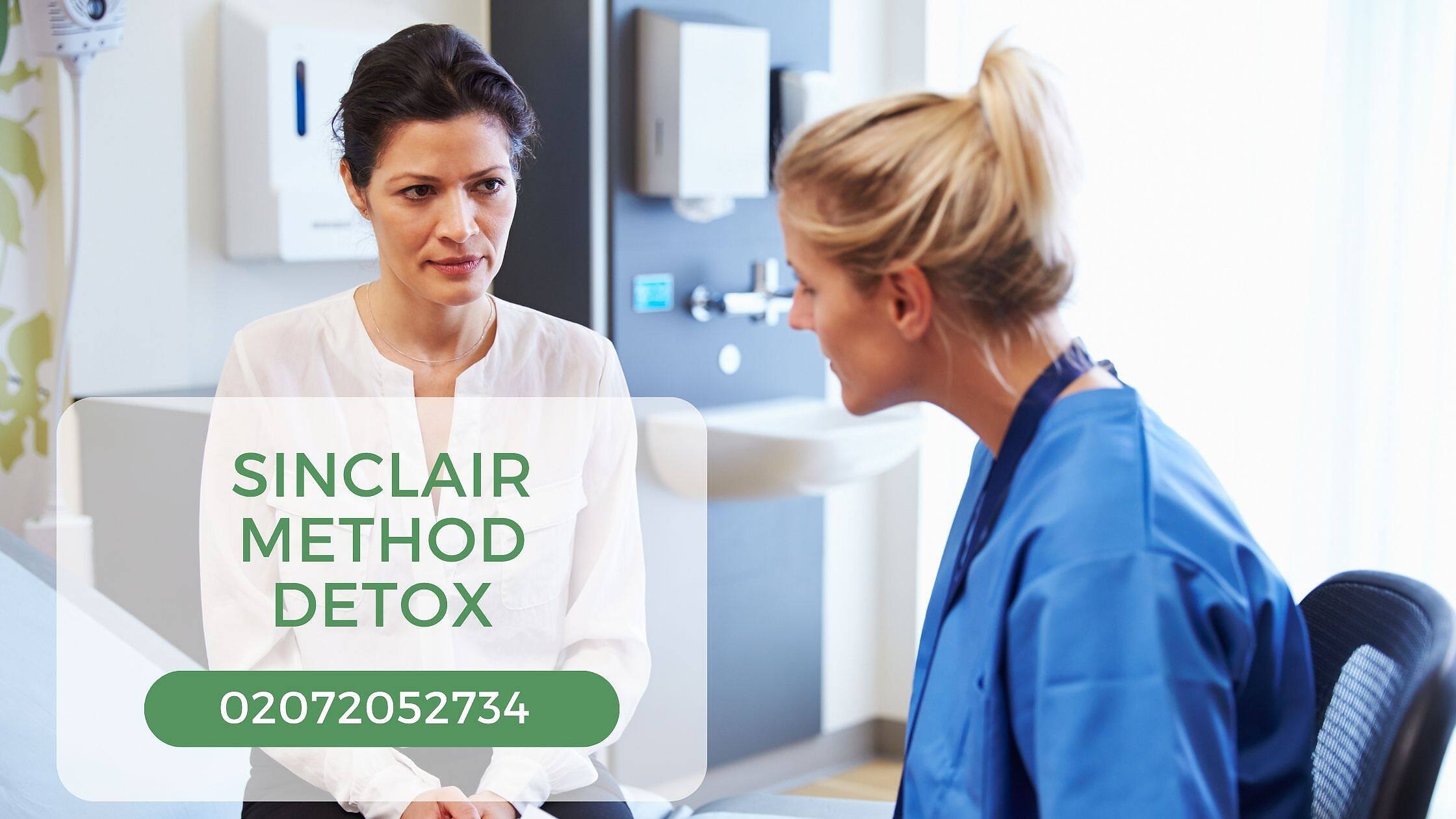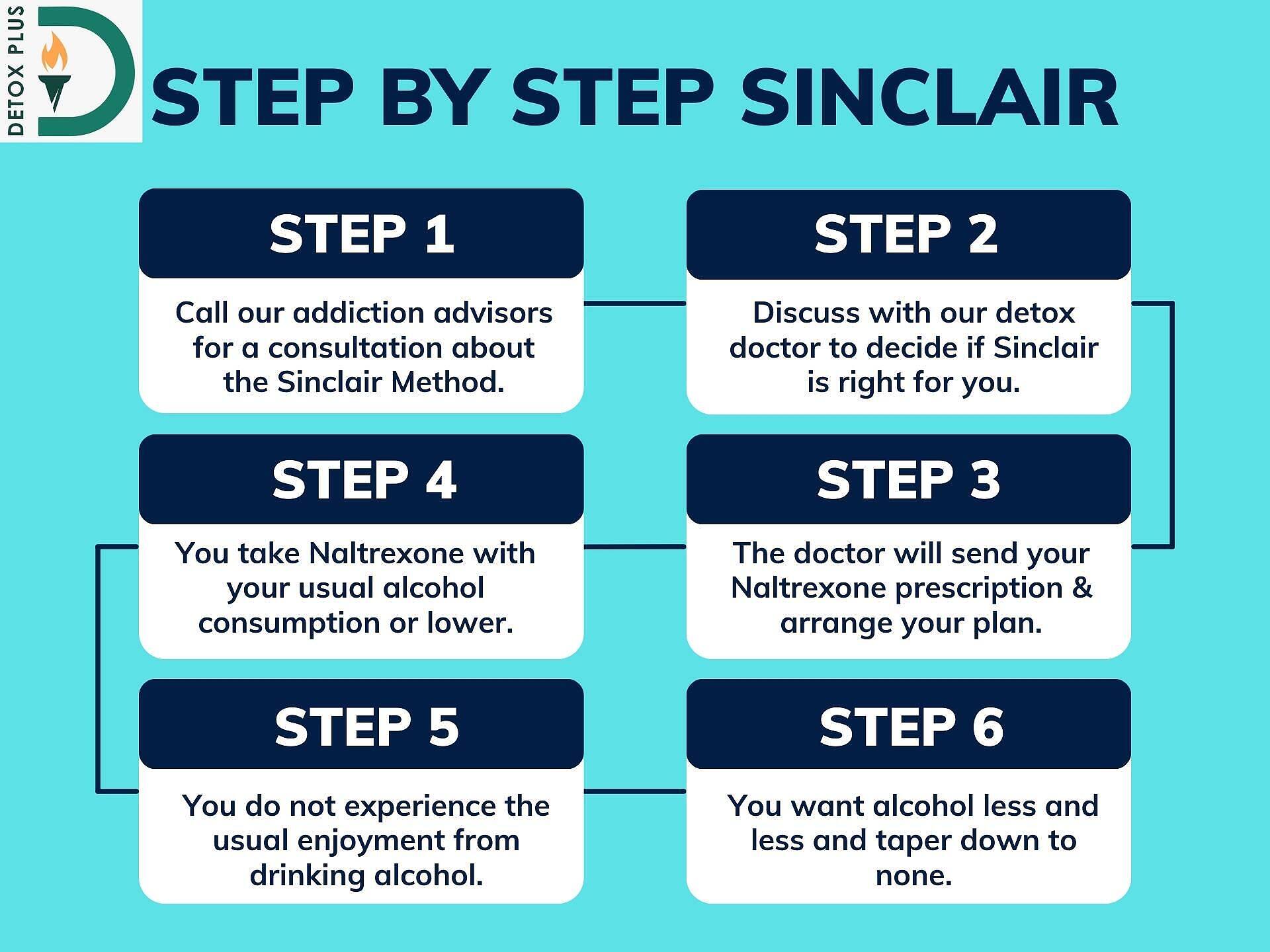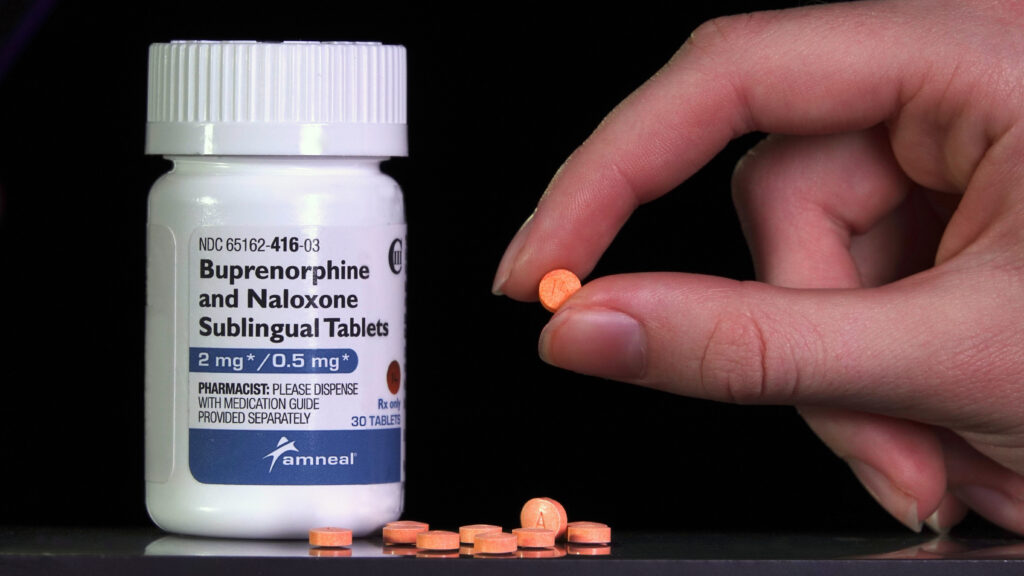What is the Sinclair Method?
The Sinclair Method involves using the medication Naltrexone to reduce the pleasurable aspects of drinking alcohol to combat addiction and dependence.
Throughout the years, the Sinclair Method has been shown to be an innovative treatment approach with promising results.
The founding father of The Sinclair Method was a man named John David Sinclair, a researcher who found that naltrexone can block alcohol-reinforcing effects, such as cravings and triggers.
The Sinclair Method is a ‘use only when needed’ approach and has shown promising results since its conception in the 1980s.
Taking Naltrexone is an option for those who want to reduce their drinking but don’t necessarily want to abstain from alcohol altogether.

The History of The Sinclair Method
John David Sinclair observed naltrexone’s effects on drinking behaviour during his animal research. He noticed that animals, which had been trained to drink alcohol, would repeatedly press a lever to obtain it. Sinclair found that the longer the animals were deprived of alcohol, the more they would push the lever. He called this phenomenon the alcohol deprivation effect, which is similar to the increased alcohol cravings that make it challenging for people with alcohol use disorder to stay sober and avoid binges.
Later, Sinclair discovered that administering naltrexone before drinking could eventually extinguish drinking behaviour. Further research demonstrated that naltrexone had a similar effect on humans with alcohol use disorder who wanted to drink less.

How The Sinclair Method Works
The Sinclair Method, unlike many of the much-used approaches to alcohol recovery, is a medication-based approach that involves the use of the medication naltrexone. Naltrexone blocks the pleasurable effects of alcohol consumption, allowing those addicted to alcohol to reduce their intake and consider their relationship with alcohol.
By administering naltrexone before consuming alcohol (usually around an hour before your first drink), people can reduce their drinking. In some cases, they may even completely lose the urge to drink at all, as the exciting feelings one gets before drinking do not materialise.
The Sinclair Method is sometimes called a ‘use only when needed’ approach and has shown promising results since its conception. While The Sinclair Method is less common in the United States, it has become more widely used in Europe.
What is Naltrexone
Naltrexone is a synthetic drug that, as mentioned, blocks opiate receptors in the brain. It is commonly used for treating opioid addiction but has also been found to be effective in treating alcoholism. Another similar drug available in Europe is called Nalmefene.
As opposed to causing illness, naltrexone is taken before drinking alcohol to reduce the pleasurable effects associated with it. By doing so, naltrexone makes sure drinking no longer produces an endorphin rush. Over time, the brain stops associating drinking with pleasure due to the absence of these pleasant feelings.
The Sinclair Method Process
Steps when using The Sinclair Method
- Taking Naltrexone one hour before consuming alcohol is a crucial step in The Sinclair Method.
- Continuing to consume alcohol as you usually would is critical to Naltrexone’s effectiveness.
- While drinking, the naltrexone blocks the pleasurable feelings you typically associate with alcohol, and you may feel like drinking less.
- Make sure to take Naltrexone one hour before consuming alcohol consistently.
- Eventually, you may find that drinking becomes less rewarding, and you may drink less or even stop altogether as you continue to take your drinks while using The Sinclair Method.
Although it all may seem straightforward, researchers are still trying to fully understand the mechanism behind how naltrexone reduces alcohol cravings. However, it is known to block specific opioid receptors in the brain and also affect dopamine, a neurotransmitter which is believed to help in blocking the reinforcing effects of alcohol.
Other Benefits of The Sinclair Method
- The Sinclair Method is an approach that can help people unwilling to give up drinking altogether to drink at a safer and more sustainable level.
- The Sinclair Method gradually reduces alcohol consumption, making people less likely to experience severe alcohol withdrawal symptoms, including delirium tremens (DTs). The reason is that naltrexone helps people gradually decrease their alcohol intake rather than suddenly stopping altogether, which can result in dangerous withdrawal symptoms.
- The Sinclair Method is a more affordable treatment alternative than inpatient or residential treatments, making it a treatment friendly to those with family, career or financial commitments. The Sinclair Method’s popularity is due to its affordability, effectiveness, and safer treatment methods, which can be met from the comfort of your home surrounded by friends and family.
- The Sinclair Method’s approach to alcohol recovery involves people taking an active role in their treatment; this kind of approach can help individuals feel more empowered and in control of their drinking and alcohol recovery journey.
- By taking naltrexone before consuming alcohol and gradually reducing their alcohol intake, individuals using The Sinclair Method can experience a sense of control over their relationship with alcohol, which can be an essential factor in their long-term success in recovering from alcohol use disorder.
Does Naltrexone Have Side Effects?
Now, most of what has been written so far has been somewhat of a positive spin on Naltrexone, which is not to say that the information shared so far has been inaccurate, as the effectiveness of Naltrexone on alcohol abuse disorder has been advocated by many clients over the years of how it has changed their lives and enabled them to enjoy alcohol rather than have it destroy their lives. Still, like anything else, there are trade-offs.
The trade-off of Naltrexone is the side effects. Like all medications, there are likely side effects, but how likely are you to experience these side effects? Well, it depends. Let us take a look at some of the side effects of Naltrexone.
The Side Effects of Naltrexone
While naltrexone is generally well-tolerated by the body, it is possible to have side effects that vary in severity. The most common side effects include increased nervousness, muscle or joint pain, headache, nausea, and upset stomach.
The side effects generated by Naltrexone are generally mild and tend to lessen over time as people become more accustomed to the medication. Taking the drug with food can help to minimise these side effects.
Less Common Side Effects Of Naltrexone
More rarely, severe side effects of naltrexone can include blurry vision, diarrhoea, confusion, drowsiness, stomach pain, and vomiting. It is crucial to speak with a healthcare professional before starting any new medication to understand the potential benefits and risks.
How Do I Know if The Sinclair Method is Right For Me?
If you are considering exploring the Sinclair Method, you can speak with a specialist detox doctor. From there, the doctor can evaluate your current drinking patterns, medical history, and treatment goals to determine better if the Sinclair Method may suit you.
Our detox doctor can also guide you on how to take naltrexone and monitor its effectiveness. Following your doctor’s instructions is essential, as going ahead against advice could result in health complications, like those who have prior health conditions such as liver conditions or are prone to having seizures.
Before starting The Sinclair Method, Detox Plus recommends sitting down with a loved one and going through the reasons why you think you are ready to curb or give up alcohol altogether.
For example, if you feel you are ready to make changes to your behaviour around alcohol while having a solid support network of friends and family, then you are prepared to take on The Sinclair Method.
I am Ready for The Sinclair Method
If you are ready to curb or stop your alcohol consumption altogether, then contact our support team at Detox Plus today and find out how you can start The Sinclair Method and get your life back on track to a healthier version of you.
Our support staff have decades of experience working with all manner of addiction and, therefore, have the utmost respect and compassion for whatever situation you find yourself in.
If you would like to learn more about The Sinclair Method or any other treatments, whether in your local area or beyond, please call us for free, or if you prefer, we can reach you by email or online chat via our website.
Detox Plus prides itself on finding the proper treatment for you, so why hesitate to get your life back on track?
Sources
Using naltrexone in inpatient alcoholism treatment



